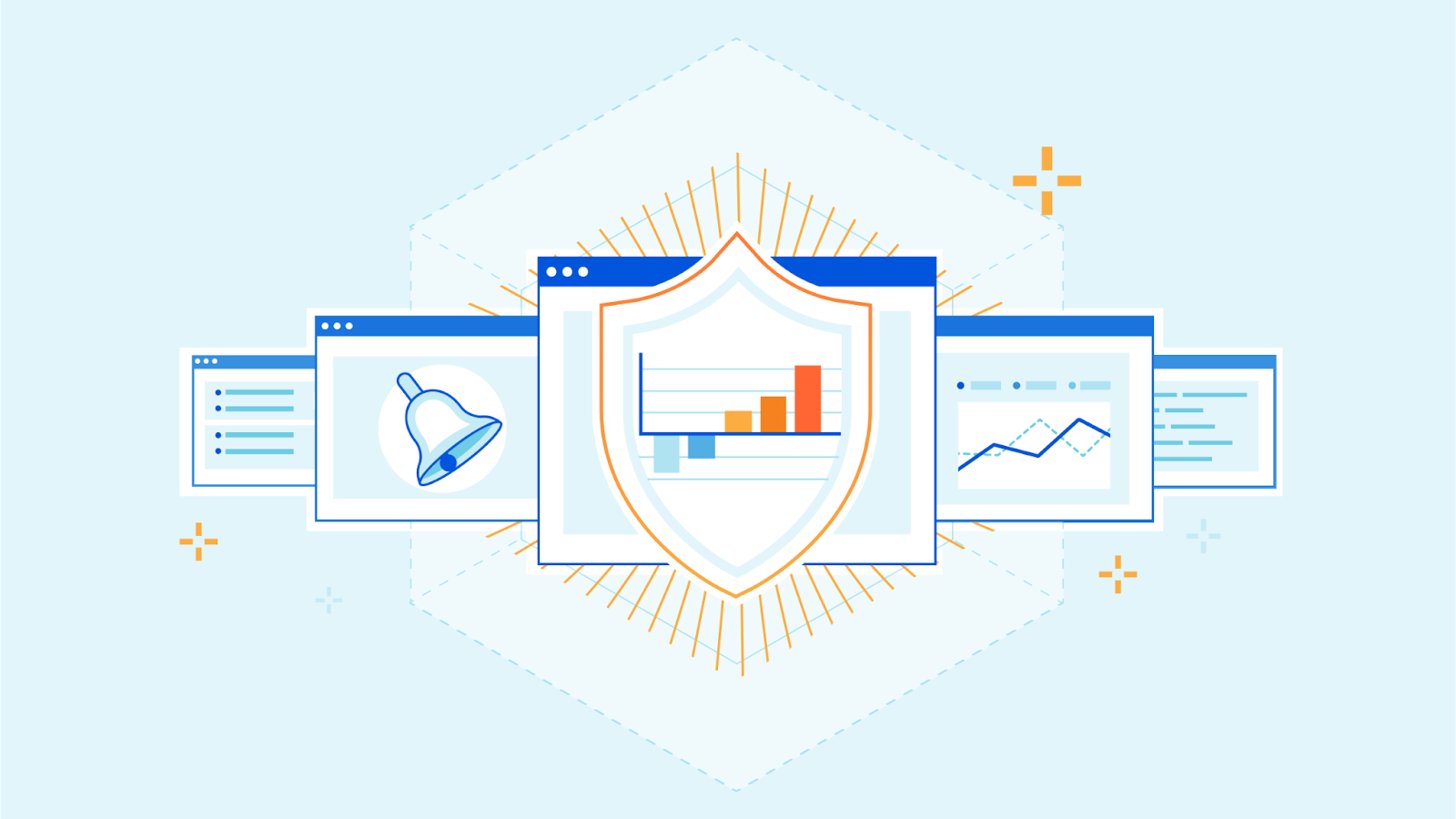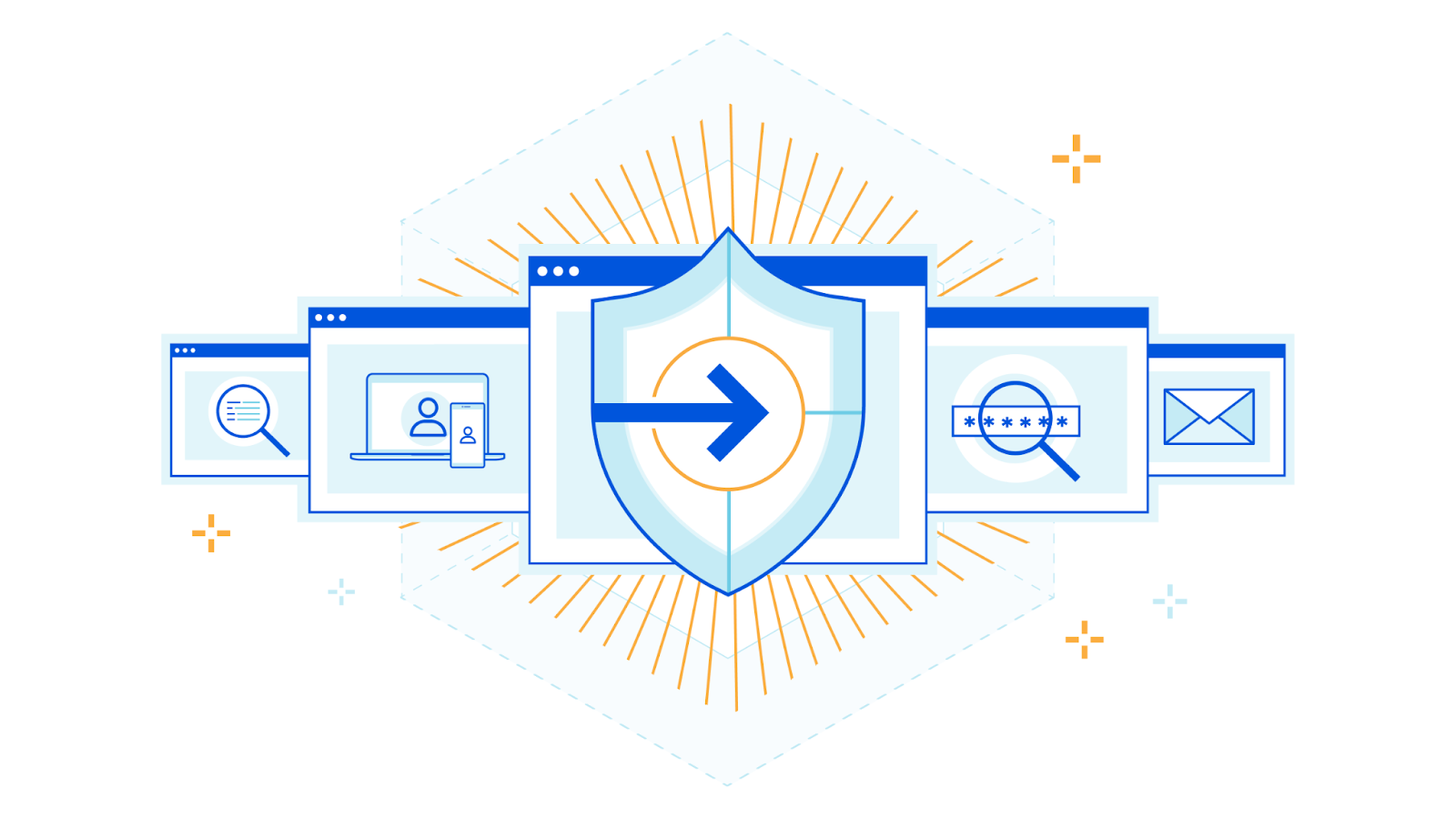Should I Care About RPKI and Internet Routing Security?
One of my subscribers sent me this question:
I’m being asked to enter a working group on RPKI and route origination. I’m doing research, listening to Jeff Tantsura, who seems optimistic about taking steps to improve BGP security vs Geoff Huston, who isn’t as optimistic. Should I recommend to the group that the application security is the better investment?
You need both. RPKI is slowly becoming the baseline of global routing hygiene (like washing hands, only virtual, and done once every blue moon when you get new IP address space or when the certificates expire). More and more Internet Service Providers (including many tier-1 providers) filter RPKI invalids thus preventing the worst cases of unintentional route leaks.
Should I Care About RPKI and Internet Routing Security?
One of my subscribers sent me this question:
I’m being asked to enter a working group on RPKI and route origination. I’m doing research, listening to Jeff Tantsura, who seems optimistic about taking steps to improve BGP security vs Geoff Huston, who isn’t as optimistic. Should I recommend to the group that the application security is the better investment?
You need both. RPKI is slowly becoming the baseline of global routing hygiene (like washing hands, only virtual, and done once every blue moon when you get new IP address space or when the certificates expire). More and more Internet Service Providers (including many tier-1 providers) filter RPKI invalids thus preventing the worst cases of unintentional route leaks.
Kubernetes Security And Networking 6: Kubernetes CVEs – Video
This video looks at various Kubernetes vulnerabilities and their severity scores to help you understand how to evaluate CVEs so you can prioritize remediation. It also shows different options and sources of CVEs. You can subscribe to the Packet Pushers’ YouTube channel for more videos as they are published. It’s a diverse a mix of […]
The post Kubernetes Security And Networking 6: Kubernetes CVEs – Video appeared first on Packet Pushers.
Turning WiFi into a Thick Yellow Cable
The “beauty” (from an attacker perspective) of the original shared-media Ethernet was the ability to see all traffic sent to other hosts. While it’s trivial to steal someone else’s IPv4 address, the ability to see their traffic allowed you to hijack their TCP sessions without the victim being any wiser (apart from the obvious session timeout). Really smart attackers could go a step further, insert themselves into the forwarding path, and inject extra payload into unencrypted sessions.
A recently-discovered WiFi vulnerability brought us back to that wonderful world.
Turning WiFi into a Thick Yellow Cable
The “beauty” (from an attacker perspective) of the original shared-media Ethernet was the ability to see all traffic sent to other hosts. While it’s trivial to steal someone else’s IPv4 address, the ability to see their traffic allowed you to hijack their TCP sessions without the victim being any wiser (apart from the obvious session timeout). Really smart attackers could go a step further, insert themselves into the forwarding path, and inject extra payload into unencrypted sessions.
A recently-discovered WiFi vulnerability brought us back to that wonderful world.
Kubernetes Security And Networking 5: Installing A Service Mesh – Video
This video walks through installing a service mesh. We use Linkerd, but there are many other options. We show how to install Linkerd in your cluster and add sidecars to pods. You can subscribe to the Packet Pushers’ YouTube channel for more videos as they are published. It’s a diverse a mix of content from […]
The post Kubernetes Security And Networking 5: Installing A Service Mesh – Video appeared first on Packet Pushers.
MAC Flooding Attack
Unlike a hub, a switch is a network device that typically does not forward a […]
The post MAC Flooding Attack first appeared on Brezular's Blog.
Ask JJX: Lynyrd Skynyrd Answers “Who Should Create an Org’s BYOD Policy?”
After LastPass's latest breach through a personal laptop, most boards, CIOs, and CISOs are taking the opportunity to reevaluate their Bring Your Own Device (BYOD) policies.
Here's how, why, and a lesson learned from Lynyrd Skynyrd.
The post Ask JJX: Lynyrd Skynyrd Answers “Who Should Create an Org’s BYOD Policy?” appeared first on Packet Pushers.
Helping protect personal information in the cloud, all across the world


Cloudflare has achieved a new EU Cloud Code of Conduct privacy validation, demonstrating GDPR compliance to strengthen trust in cloud services
Internet privacy laws around the globe differ, and in recent years there’s been much written about cross-border data transfers. Many regulations require adequate protections to be in place before personal information flows around the world, as with the European General Data Protection Regulation (GDPR). The law rightly sets a high bar for how organizations must carefully handle personal information, and in drafting the regulation lawmakers anticipated personal data crossing-borders: Chapter V of the regulation covers those transfers specifically.
Whilst transparency on where personal information is stored is important, it’s also critically important how personal information is handled, and how it is kept safe and secure. At Cloudflare, we believe in protecting the privacy of personal information across the world, and we give our customers the tools and the choice on how and where to process their data. Put simply, we require that data is handled and protected in the same, secure, and careful way, whether our customers choose to transfer data across the world, or for it to remain in one country.
And today we are proud to announce Continue reading
ChatGPT on BGP Routing Security
I wanted to include a few examples of BGP bugs causing widespread disruption in the Network Security Fallacies presentation. I tried to find what happened when someone announced beacon prefixes with unknown optional transitive attributes (which should have been passed without complaints but weren’t) without knowing when it happened or who did it.
Trying to find the answer on Google proved to be a Mission Impossible – regardless of how I structured my query, I got tons of results that seemed relevant to a subset of the search words but nowhere near what I was looking for. Maybe I would get luckier with a tool that’s supposed to have ingested all the world’s knowledge and seems to (according to overexcited claims) understand what it’s talking about.
ChatGPT on BGP Routing Security
I wanted to include a few examples of BGP bugs causing widespread disruption in the Network Security Fallacies presentation. I tried to find what happened when someone announced beacon prefixes with unknown optional transitive attributes (which should have been passed without complaints but weren’t) without knowing when it happened or who did it.
Trying to find the answer on Google proved to be a Mission Impossible – regardless of how I structured my query, I got tons of results that seemed relevant to a subset of the search words but nowhere near what I was looking for. Maybe I would get luckier with a tool that’s supposed to have ingested all the world’s knowledge and seems to (according to overexcited claims) understand what it’s talking about.
DDoS DNS attacks are old-school, unsophisticated … and they’re back
SPONSORED: Ransomware may currently be the biggest bogeyman for cybersecurity pros, law enforcement, and governments, but it shouldn’t divert us from more traditional, but still very disruptive threats. …
DDoS DNS attacks are old-school, unsophisticated … and they’re back was written by Martin Courtney at The Next Platform.
Everything you might have missed during Security Week 2023


Security Week 2023 is officially in the books. In our welcome post last Saturday, I talked about Cloudflare’s years-long evolution from protecting websites, to protecting applications, to protecting people. Our goal this week was to help our customers solve a broader range of problems, reduce external points of vulnerability, and make their jobs easier.
We announced 34 new tools and integrations that will do just that. Combined, these announcement will help you do five key things faster and easier:
- Making it easier to deploy and manage Zero Trust everywhere
- Reducing the number of third parties customers must use
- Leverage machine learning to let humans focus on critical thinking
- Opening up more proprietary Cloudflare threat intelligence to our customers
- Making it harder for humans to make mistakes
And to help you respond to the most current attacks in real time, we reported on how we’re seeing scammers use the Silicon Valley Bank news to phish new victims, and what you can do to protect yourself.
In case you missed any of the announcements, take a look at the summary and navigation guide below.
Monday
Wildcard and multi-hostname support in Cloudflare Access


We are thrilled to announce the full support of wildcard and multi-hostname application definitions in Cloudflare Access. Until now, Access had limitations that restricted it to a single hostname or a limited set of wildcards. Before diving into these new features let’s review Cloudflare Access and its previous limitations around application definition.
Access and hostnames
Cloudflare Access is the gateway to applications, enforcing security policies based on identity, location, network, and device health. Previously, Access applications were defined as a single hostname. A hostname is a unique identifier assigned to a device connected to the internet, commonly used to identify a website, application, or server. For instance, "www.example.com" is a hostname.
Upon successful completion of the security checks, a user is granted access to the protected hostname via a cookie in their browser, in the form of a JSON Web Token (JWT). This cookie's session lasts for a specific period of time defined by the administrators and any request made to the hostname must have this cookie present.
However, a single hostname application definition was not sufficient in certain situations, particularly for organizations with Single Page Applications and/or hundreds of identical hostnames.
Many Single Page Applications have two Continue reading
Account Security Analytics and Events: better visibility over all domains


Cloudflare offers many security features like WAF, Bot management, DDoS, Zero Trust, and more! This suite of products are offered in the form of rules to give basic protection against common vulnerability attacks. These rules are usually configured and monitored per domain, which is very simple when we talk about one, two, maybe three domains (or what we call in Cloudflare’s terms, “zones”).
The zone-level overview sometimes is not time efficient
If you’re a Cloudflare customer with tens, hundreds, or even thousands of domains under your control, you’d spend hours going through these domains one by one, monitoring and configuring all security features. We know that’s a pain, especially for our Enterprise customers. That’s why last September we announced the Account WAF, where you can create one security rule and have it applied to the configuration of all your zones at once!
Account WAF makes it easy to deploy security configurations. Following the same philosophy, we want to empower our customers by providing visibility over these configurations, or even better, visibility on all HTTP traffic.
Today, Cloudflare is offering holistic views on the security suite by launching Account Security Analytics and Account Security Events. Now, Continue reading
Stop brand impersonation with Cloudflare DMARC Management


At the end of 2021 Cloudflare launched Security Center, a unified solution that brings together our suite of security products and unique Internet intelligence. It enables security teams to quickly identify potential security risks and threats to their organizations, map their attack surface and mitigate these risks with just a few clicks. While Security Center initially focused on application security, we are now adding crucial zero trust insights to further enhance its capabilities.
When your brand is loved and trusted, customers and prospects are looking forward to the emails you send them. Now picture them receiving an email from you: it has your brand, the subject is exciting, it has a link to register for something unique — how can they resist that opportunity?
But what if that email didn’t come from you? What if clicking on that link is a scam that takes them down the path of fraud or identity theft? And what if they think you did it? The truth is, even security minded people occasionally fall for well crafted spoof emails.
That poses a risk to your business and reputation. A risk you don’t want to take - no one does. Brand impersonation is a Continue reading